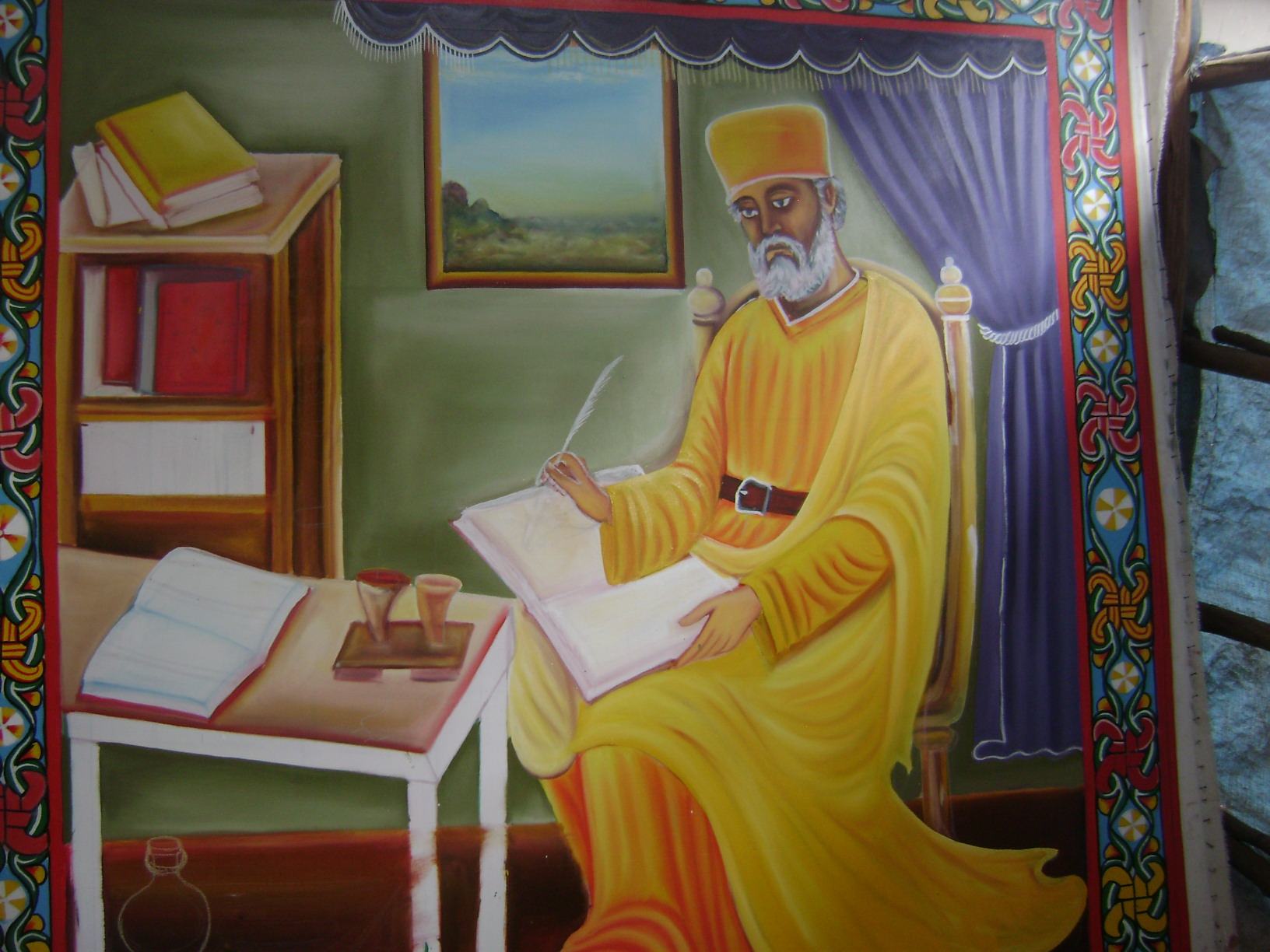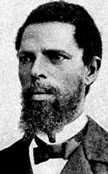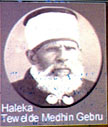Christianity in Ethiopia dates to the 1st century AD, and ‘this long tradition makes Ethiopia unique amongst sub-Saharan African countries’. The earliest and best known suggestion to the introduction of Christianity is in the New Testament (Acts 8:26-38) when Philip the Evangelist converted an Ethiopian government official in the 1st Century AD.
The other widely accepted view about the introduction of Christianity to Ethiopia is that Ethiopia embedded Christianity in 330 AD through the efforts of two Asyrian Christian brothers, Frumentius, Ethiopian name Abune Selama and Aedesius who influenced the Ethiopian Emperor Ezana to convert to Christianity. Either way, Ethiopia stands as one of the oldest Christian nations in the world.With the emergence of Islam in the 7th century although Ethiopia remained to be the only region of Africa to survive the expansion of Islam as a Christian state, it became isolated from the rest of the Christian world hence having a very limited access to support from the Western Churches to publish Christian Literature including the Bible.
The Biritish Bible society helped for more than 200 years to support the Ethiopian Bible society to get more bibles. In fact UK is the first country which enabled Ethiopians to have the printed Bible in their mother tongue Amaharic in the 18 century.Still we can not print the Bible in our country-hence, the shortage. At the moment the Orthodox Christian Church has a membership of between 45 and 50 million. There are also the various Protestant congregations, which include 18.7 million Ethiopians.Roman Catholicism has been present in Ethiopia since the 16th century, and numbers half a million believers. In total, Christians make up about 60% of the total population of the country.
Currently the Church is facing a huge challenge which is the rapid growth of non -Christian religions in the country that undermines the Church’s efforts to evangelise and also make disciples. A large number of the Christian population as well as those who are converting to Christianity do not have a Bible.
Ever since it was established GNRM has been thriving and satisfying the ever-increasing thirst and demand for the Word of God in the country. So far the Ministry has distributed about 50, 000 Bibles through the help of indigenous Christians and those who live outside the country, and has a plan to distribute 450,000 Bibles in the next 5 to 7 years. The amount of money needed to execute this plan is 54 million Ethiopian birr or 2.5 million dollars for buying the Bibles ($6 per Bible). GNRM appeals to every Ethiopian who lives abroad to fulfil his/her responsibility by buying at least one Bible. For example if every Ethiopian who lives abroad buys one Bible there is a possibility of distributing 2 million Bibles.
Then I said to the nobles, the officials and the rest of the people, “The work is extensive and spread out, and we are widely separated from each other along the wall. 20 Wherever you hear the sound of the trumpet, join us there. Our God will fight for us!”
Nehemiah 4:19-20 NIV
The Bible develops a person’s thought or mind; and development starts in our mind.
If a person’s mind develops, one’s country and its people will develop;
St Paul says “And be renewed in the spirit of your mind… “ Ephesians 4:23, and therefore if we think about the renewal of a country and its people, we have to strive for them to read the bible and thereby develop love for their country and people.
In order to put this into practice, we believe that it would be useful to distribute the bibles printed by the Ethiopian Bible Society in all places where it is not available.
“The Ethiopian Abba Rumi” (Abba Abraham)
The Bible was translated into Ge’ez in the 4th century by St Freminatos Selama Kessate Birhan and later in the 5th century by the Nine Saints from the Greek Septuagint translation.
Ethiopians sages also have participated in this holy work.
It is recorded in the Chronicles of Abraha and Atsbeha that nationalist intellectuals called Teklehaimanot and Gebremeskel made a great contribution towards this translation work, especially during the time of Abba Selama.
After the whole Bible was translated into Ge’ez in this way by the aforementioned elders, it continued to be read and explained until the 17th century in the Ge’ez language which was used for secular and sacred purposes at the time.
In the 17th century, the sages of Andimta translation made a great effort to translate the Andimta translation books into Amharic. The work of these sages opened the door for the later transation of the Bible into Amharic.
Great effort were made to translate some parts of the Bible as well as important quotes into Amharic by foreign nationals (German) such as Peter Hailing from 1628 to 1640 A.D.
However, they were not successful in translating the whole Bible. It was the Reverend Abba Abraham who succeeded in translating the whole Bible into Amharic making it possible for all Ethiopians to read it and be blessed.
Who was Abba Abraham?

As explained by the Swedish Dr Gustav Aaron in his book entitled Ancient Evangelists in Ethiopia pp 42- 44, Abba Abraham was a monk in the Ethiopian Orthodox Tewahdo church.
His birthplace was in Gojjam, as stated by Dr Gustav Aaron in his documentary book and Eisenberg in his Amharic dictionary.
Abba Abraham is known as “Abruhim, Abruh, Aburim, Abirumi” in Arabic, all these mean Abraham.
How did Abba Abraham translate the Bible into Amharic?
When Abba Abraham was a 28 year-old young man, he set out on a pilgrimage to the holy land of Jerusalem via Egypt.
After paying respect to holy places in Jerusalem, he went to Syria, Armenia and Persia. After that, he travelled to India before returning to his country, Ethiopia and stayed there for some time. Abba Abraham, who was then a fifty year-old man, travelled to Egypt for the second time to visit the monasteries. He was taken seriously ill when he was in Cairo. However, he was able to escape death with the help of the Frenchman, Aslin, who was a close friend.
Dr Gustav wrote that Abba Abraham knew Arabic, Persian, Italian, Greek and other languages and that he was an Ethiopian literary scholar.
Aslin, who was the deputy consul of the French embassy in Egypt, upon recognising the scholarship of Abba Abraham, consulted him about translating the Bible into the Ethiopian national language, Amharic, for the Ethiopian people. Abba Abraham gladly accepted Aslin’s advice and continued his translation work. Deputy Consul Asli contributed by providing Abba Abraham with resources.
With support from Aslin, it took Abba Abraham ten years to translate the Old and the New Testaments verse by verse and with great care. When Abba Abraham came across difficult words and phrases which were not expressed in Ge’ez, Aslin supported Abba Abraham by referring Surstun and Septuagint translations and dictionaries. In addition, Abba Abraham could read various languages which made it possible for his translation work to be successful within a short period of time. Upon completing his great work, Abba Abraham wished to die and be buried in Jerusalem. This is confirmed by the letter written on Megabit 25, 1811 by the Swiss priest Christopher Burkhardt, who had travelled to the near east to conduct a religious research. Reverend Christopher proceeded to write that Abba Abraham was ailing having contracted a contagious disease as soon as he arrived in Jerusalem. He passed away as a result of this illness and in the beginning of Megabit, 1811.
At the time when Abba Abraham passed away, the manuscript of the Bible that he had translated was kept secure in the hands of Aslin. In Tahsas 1804, by the time William Jowet who was the head of the Mediteranean area church mission went to Egypt and met with Aslin, the Amharic Bible translation work had already been completed. When Aslin met Jowet, he took with him a part of the precious Bible manuscript translated by Abba Abraham and introduced himself.
The book had 9539 pages in the translator, Abba Abraham’s handwriting. It was written in the Ethiopian Ge’ez alphabet and it was very elegant, distinct and upright script (qum tsehuf}. The Church Missionary Society and the Anglican Bible Society asked for the appropriate fee for Abba Abraham’s manuscript and not the full fee. The price they asked was only £1200 (one thousand two hundred) pounds. This is equivalent to 36,000.00 (thirty six thousand) Ethiopian Birr in the current exchange rate. The Anglican Bible Society agreed with the fee asked. It was then immediately examined by language professionals in Great Britain and the four gospels were published in 1816 A.D, the whole New Testament in 1821 A.D. and the entire Bible in 1832 A.D.
Abba Abraham has brought great blessings for the Ethiopian people by translating the holy Bible into Amharic, the language which common people speak and understand. He has enabled the people to read the Bible in the language they understand and thereby achieve knowledge of the secret of salvation.
Therefore, the Ethiopian Christian people are highly indebted to Abba Abraham. His name will live on in the introduction section of the book he translated. (HaKidan Abba Abraham 1929)
Translation of the Oromigna Bible

The Reverend Anasimos Nesibu (Abba Gemechissa) from Wollega has translated the whole Bible into Oromigna. When he was doing his translation work, Swedish people were his consultants. Aster Genno was his personal assistant. The Oromigna New Testament was published in 1886 A.D. The translation of the Old Testament was completed in 1890A.D. and the whole Oromigna Bible was published in 1891A.D The Oromigna Bible which was the fruit of the labour of Anasimos has been compared with Abba Abraham’s translation and the Swedish Bible translation.
Translation of the Tigrigna Bible

The Tigrigna Bible was translated by the respected elder Aleqa Tewolde Medhin Gebru from 1861 to 1952 A.D. Aleqa Tewolde Medhin Gebru was born in Mamiysham, in Tigre. It is known that his consultant in his translation work was the Swedish Winkvist. The Tigrigna translation of the New Testament was published in 1901 A.D. And the entire Tigrigna Bible was published in 1948A.D. Dr Gustav Aaron confirms Aleqa Tewolde Medhin knew Tigrigna, Tigra, Ge’ez, Amharic, Arabic, Hebrew, Italian and Swedish.
The Bible has since been published in various other Ethiopian languages periodically by the Ethiopian Bible society. Ethiopia had the blessing of the Holy Bible in the 1st century in Ge’ez and in the 2nd century in Amharic, Oromigna, Tigrigna as well as in other national languages. This blessing shall continue in other languages until the Day of Judgement without interruption.
The new Amharic Bible translation
By order of Emperor Haile Sellassie I in 1923A.D., the Bible translated from Ge’ez into Amharic purely by Ethiopian scholars was published in London, Photo Ofset between 1928 and 1934 A.D. The Book was published in four volumes due to its size because it was written in Ge’ez and Amharic languages side by side. Moreover, in Yekatit 27, 1939A.D., on the order of Emperor Haile Sellassie I, a conference was formed comprising seven Ethiopian and three foreign scholars and presented the improved translation in 1944A.D. upon comparing the Bible translated by Abba Abraham with the Hebrew and Tsiri’i. This was because Abba Abraham’s translation was word for word rather than paying attention to Amharic grammar. This translation was printed by Birhaninna Selam Publishers in 1953 A.D. This translation contains the books in the Old Testament endorsed by the Ethiopian Orthodox Tewahdo Church from the 1923 A.D. Ge’ez translation. This improved translation was published in 1980 A.D. after corrections had been made to the New Testament.
We would not be wrong in asserting that these four respected, blessed elders, Abba Abraham, Anasimos, Aster Genno and Aleqa Tewolde Medhin were the driving force of the country’s Christianity. In fact, in my opinion, they deserve memorial statues, since they need to be seen by the next generation as historical figures. These elders were the ones who have ensured that we could see the light that they were able to see, even if they have received support in terms of materials, funding and basic needs.. We thank God for giving us them, and we are bold enough to say “Blessed be the Church that raised these people, the elders as well as the people who helped them and their descendants.”
Beloved friends, at this moment, the Ethiopian Bible Society is presenting the entire Bible in five languages of our country. There will also be New Testaments in about 25 languages. There are still 30 languages remaining. There is much harvest, and it is important to participate in this harvest work. Currently, people of the Ethiopian Orthodox Tewahdo Church are reading the Bible more than ever before and since they are questioning the validity of the sermons given by preachers, it is evident that the Bible is greatly needed and that there is a shortage of it. This is the time when we should ask God so that the printing machinecan come into our country Nothing is impossible for God.
What have great people said about the Bible?
1."The BIBLE is the Rock upon which this Republic rests"
American president Andrew Jackson
2. "Tell your prince that this Book (the BIBLE) is the secret of England's greatness"
Queen Victoria from England to an African Prince
3. "It is impossible to rightly govern the world without G-D and the BIBLE"
The American president George Washington
4. ‘’If we abide by the principles taught in the BIBLE, our country will go on prospering and to prosper;
but if we and our posterity neglect its instructions and authority, no man can tell how sudden a catastrophe may
overwhelm us and bury all our glory in profound obscurity"
Daniel Webster
Copyright © Bibleforethiopia.org 2014. Designed / Maintained by www.Mani-systems.com